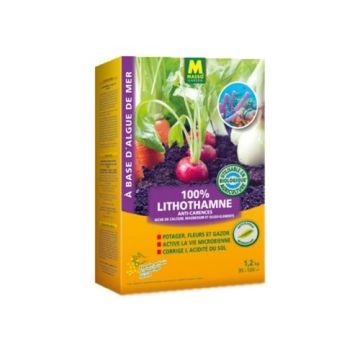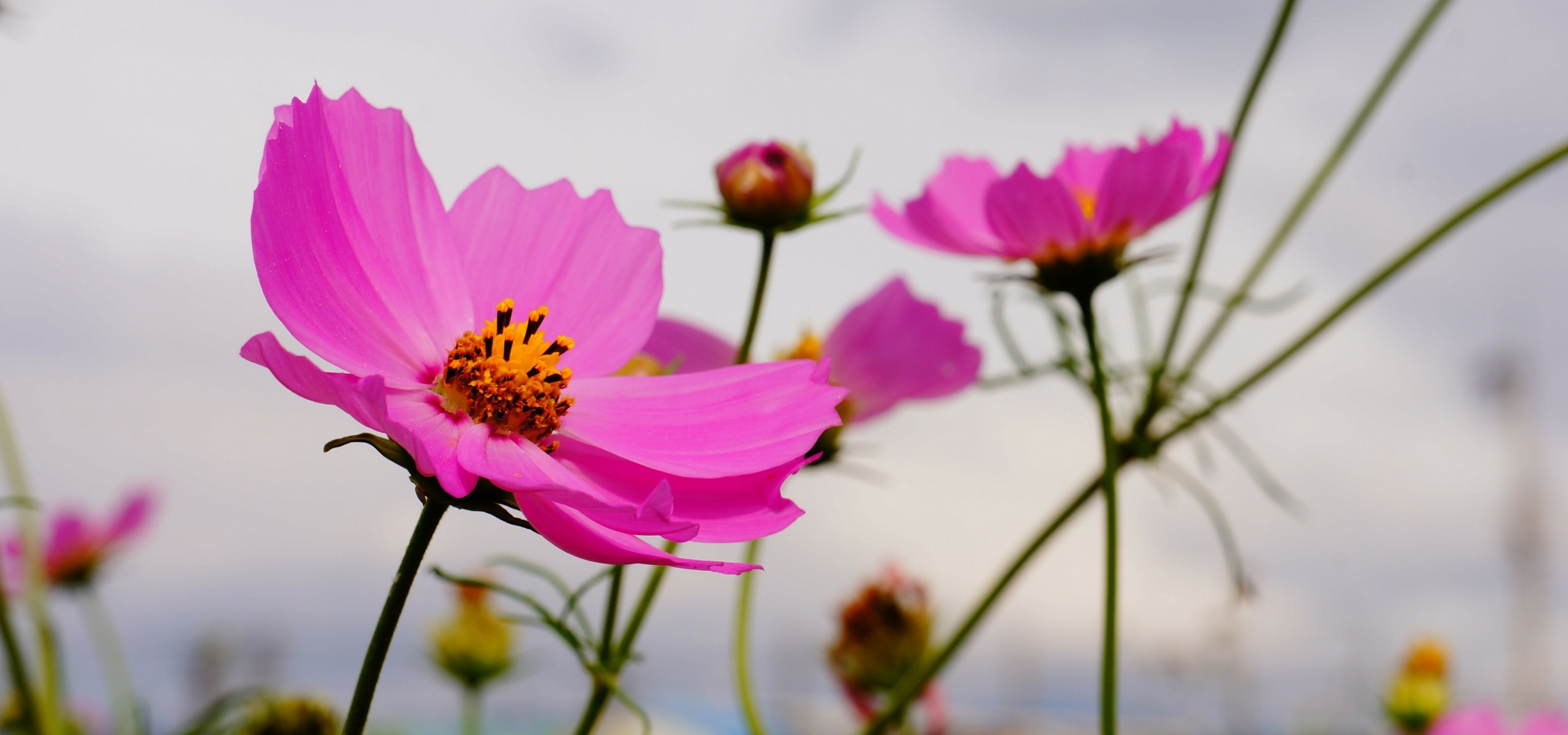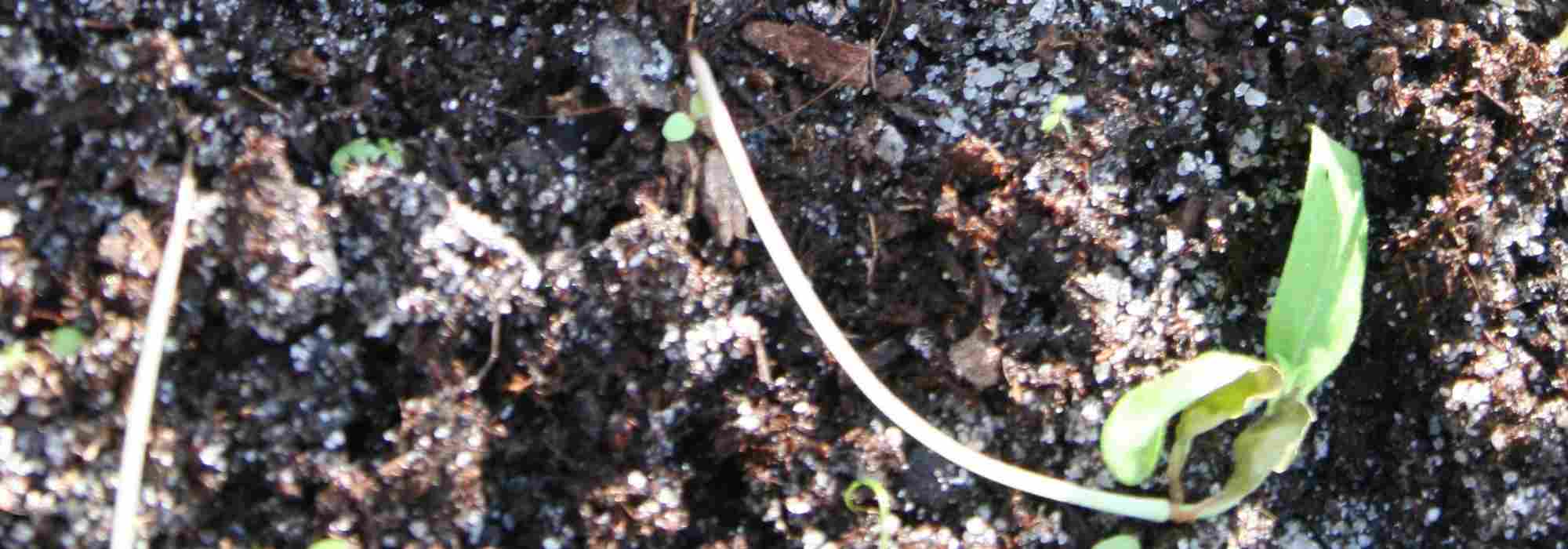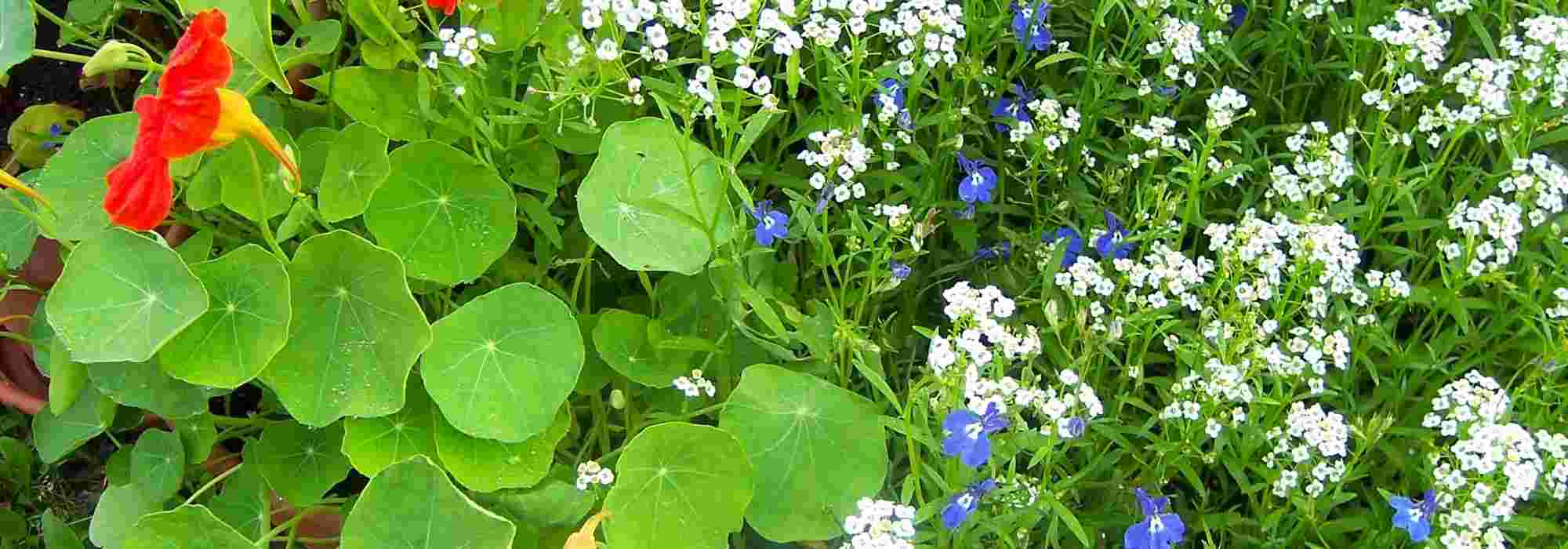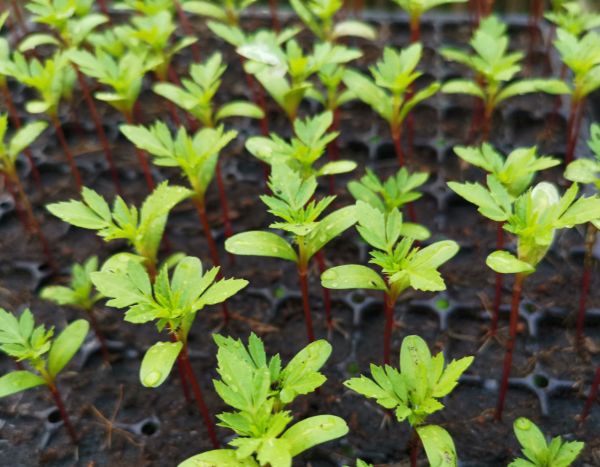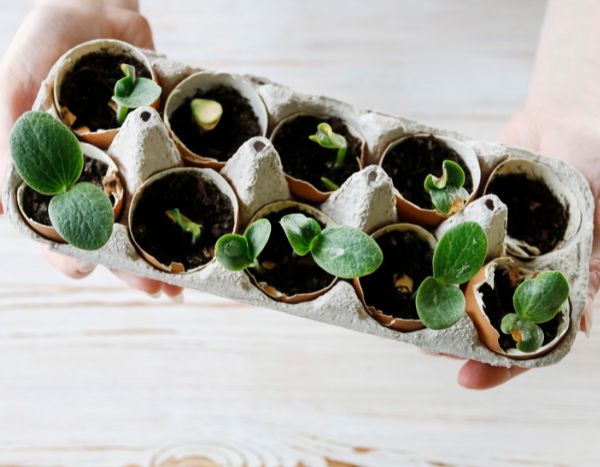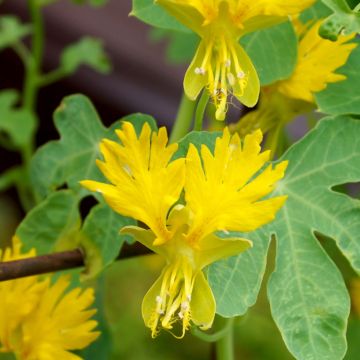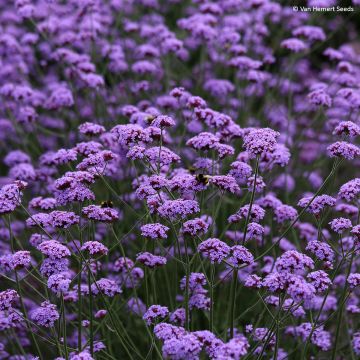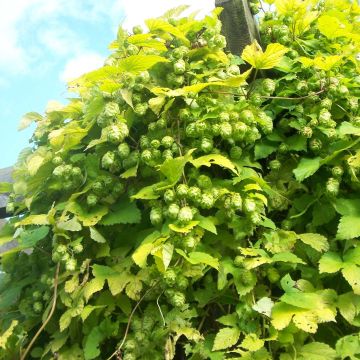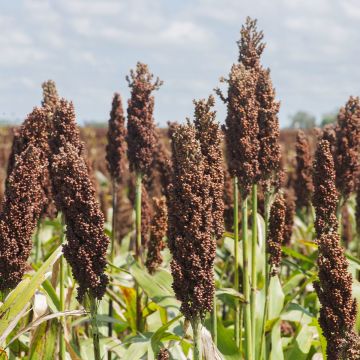

Viola Sorbet XP Delft blue seeds - Viola cornuta
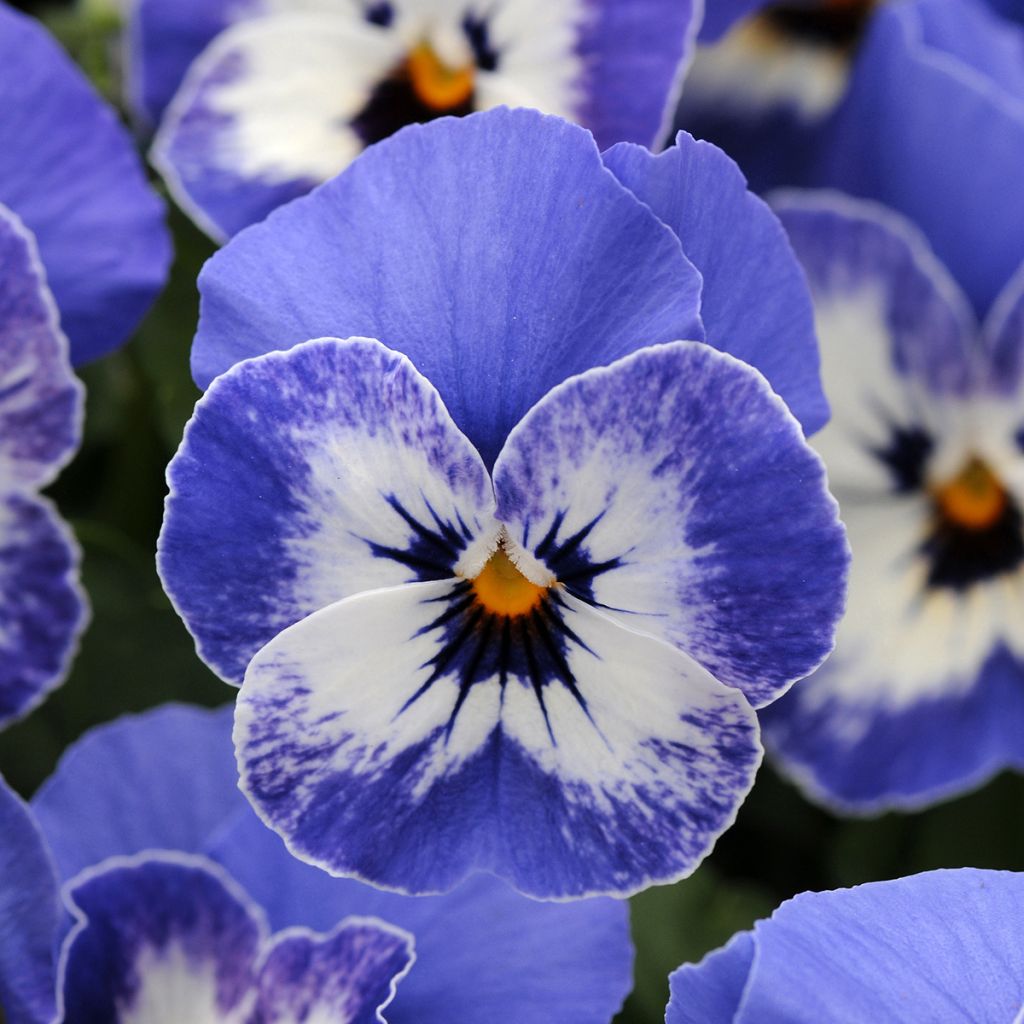

Viola Sorbet XP Delft blue seeds - Viola cornuta
Viola Sorbet XP Delft blue seeds - Viola cornuta
Viola cornuta 'PAS733551' SORBET™ Delft blue
Horned Pansy, Horned Violet
Special offer!
Receive a €20 voucher for any order over €90 (excluding delivery costs, credit notes, and plastic-free options)!
1- Add your favorite plants to your cart.
2- Once you have reached €90, confirm your order (you can even choose the delivery date!).
3- As soon as your order is shipped, you will receive an email containing your voucher code, valid for 3 months (90 days).
Your voucher is unique and can only be used once, for any order with a minimum value of €20, excluding delivery costs.
Can be combined with other current offers, non-divisible and non-refundable.
Home or relay delivery (depending on size and destination)
Schedule delivery date,
and select date in basket
This plant carries a 6 months recovery warranty
More information
We guarantee the quality of our plants for a full growing cycle, and will replace at our expense any plant that fails to recover under normal climatic and planting conditions.
Would this plant suit my garden?
Set up your Plantfit profile →
Description
Viola cornuta ‘Sorbet XP Delft Blue’ is easy to grow from seed. It is a small biennial, with charming, refined bicoloured lavender-blue and white flowers, inspired by Dutch porcelain. Its low, compact, dense cushion-like habit makes it an ideal candidate for borders, planters or hanging baskets, which it will colour gracefully from early spring until the first frosts. It is very hardy, withstands harsh winters down to -20°C and thrives equally in gentle sun or partial shade. It requires moist, rich, well-drained soil, moderate watering and the removal of spent flowers to encourage its long flowering period. It is versatile, fitting just as well in a cottage garden as on an urban balcony.
The Horned Violet or Horned Pansy Sorbet XP Delft Blue is a hybrid cultivar from the Violaceae family, derived from Viola cornuta, a species native to the Pyrenees, where it grows naturally in alpine meadows and rocky areas. The 'Sorbet XP Delft Blue' cultivar, registered under the name 'PAS733551', was developed by PanAmerican Seed and received a Fleuroselect Gold Medal for its unique colour and exceptional garden performance. This plant has a dense cushion-like habit and rapid growth, reaching approximately 15 to 20 cm in height and spread both in the ground and in pots. The single, bicoloured flowers measure about 2.5 cm in diameter and appear from early spring until autumn, and even in winter in mild climates. They are lavender-blue with a pure white centre, reminiscent of Delft porcelain. The foliage is medium green, with ovate and slightly toothed leaves. The flexible stems are slightly hairy. The root system is fibrous and shallow, suited to well-drained soils. The flowers of Viola cornuta are edible and are often used to decorate salads, desserts or drinks, adding a colourful and elegant touch. They are also appreciated for their delicate fragrance and their ability to attract pollinators, such as bees and butterflies.
Viola cornuta ‘Sorbet XP Delft Blue’ is like a touch of fine porcelain placed in a spring flowerbed. Its low habit and gentle flowering make it valuable for highlighting the lines of a path, filling in around the base of bulbs or edging a seasonal planter. It pairs wonderfully with the frothy whiteness of Sweet Alyssum ‘Snow Princess’, the silvery reflections of Stachys byzantina ‘Silver Carpet’, or the lavender tones of Wood Forget-me-not ‘Savoie Bleu’.
Report an error about the product description
Viola Sorbet XP Delft blue seeds - Viola cornuta in pictures


Flowering
Foliage
Plant habit
Botanical data
Viola
cornuta
'PAS733551' SORBET™ Delft blue
Violaceae
Horned Pansy, Horned Violet
Cultivar or hybrid
Planting and care
Sow Viola cornuta Sorbet XP Delft Blue in a nursery bed from July to September then transplant the young plants into pots or plant in October before the first frosts, spacing them 20 cm apart, in open ground. A second option: sow under cover in late winter and plant in open ground at the end of spring. Germination takes about 15 days at 16°C. Use a compound mixture of 1/3 potting compost, 1/3 garden soil and 1/3 river sand. It takes about 15 days for the seedlings to appear. Watch out for attacks from snails and slugs which are fond of these young plants. Removing faded flowers will encourage renewed flowering. Horned violets appreciate a light soil, rich in humus, fresh, but well-drained, as they don't like excess moisture in winter. In heavy soil, add a little sand to improve drainage. Plant horned violets in a sunny, but not scorching position, or under light shade.
Sowing period
Intended location
Planting & care advice
This item has not been reviewed yet - be the first to leave a review about it.
Similar products
Haven't found what you were looking for?
Hardiness is the lowest winter temperature a plant can endure without suffering serious damage or even dying. However, hardiness is affected by location (a sheltered area, such as a patio), protection (winter cover) and soil type (hardiness is improved by well-drained soil).

Photo Sharing Terms & Conditions
In order to encourage gardeners to interact and share their experiences, Promesse de fleurs offers various media enabling content to be uploaded onto its Site - in particular via the ‘Photo sharing’ module.
The User agrees to refrain from:
- Posting any content that is illegal, prejudicial, insulting, racist, inciteful to hatred, revisionist, contrary to public decency, that infringes on privacy or on the privacy rights of third parties, in particular the publicity rights of persons and goods, intellectual property rights, or the right to privacy.
- Submitting content on behalf of a third party;
- Impersonate the identity of a third party and/or publish any personal information about a third party;
In general, the User undertakes to refrain from any unethical behaviour.
All Content (in particular text, comments, files, images, photos, videos, creative works, etc.), which may be subject to property or intellectual property rights, image or other private rights, shall remain the property of the User, subject to the limited rights granted by the terms of the licence granted by Promesse de fleurs as stated below. Users are at liberty to publish or not to publish such Content on the Site, notably via the ‘Photo Sharing’ facility, and accept that this Content shall be made public and freely accessible, notably on the Internet.
Users further acknowledge, undertake to have ,and guarantee that they hold all necessary rights and permissions to publish such material on the Site, in particular with regard to the legislation in force pertaining to any privacy, property, intellectual property, image, or contractual rights, or rights of any other nature. By publishing such Content on the Site, Users acknowledge accepting full liability as publishers of the Content within the meaning of the law, and grant Promesse de fleurs, free of charge, an inclusive, worldwide licence for the said Content for the entire duration of its publication, including all reproduction, representation, up/downloading, displaying, performing, transmission, and storage rights.
Users also grant permission for their name to be linked to the Content and accept that this link may not always be made available.
By engaging in posting material, Users consent to their Content becoming automatically accessible on the Internet, in particular on other sites and/or blogs and/or web pages of the Promesse de fleurs site, including in particular social pages and the Promesse de fleurs catalogue.
Users may secure the removal of entrusted content free of charge by issuing a simple request via our contact form.
The flowering period indicated on our website applies to countries and regions located in USDA zone 8 (France, the United Kingdom, Ireland, the Netherlands, etc.)
It will vary according to where you live:
- In zones 9 to 10 (Italy, Spain, Greece, etc.), flowering will occur about 2 to 4 weeks earlier.
- In zones 6 to 7 (Germany, Poland, Slovenia, and lower mountainous regions), flowering will be delayed by 2 to 3 weeks.
- In zone 5 (Central Europe, Scandinavia), blooming will be delayed by 3 to 5 weeks.
In temperate climates, pruning of spring-flowering shrubs (forsythia, spireas, etc.) should be done just after flowering.
Pruning of summer-flowering shrubs (Indian Lilac, Perovskia, etc.) can be done in winter or spring.
In cold regions as well as with frost-sensitive plants, avoid pruning too early when severe frosts may still occur.
The planting period indicated on our website applies to countries and regions located in USDA zone 8 (France, United Kingdom, Ireland, Netherlands).
It will vary according to where you live:
- In Mediterranean zones (Marseille, Madrid, Milan, etc.), autumn and winter are the best planting periods.
- In continental zones (Strasbourg, Munich, Vienna, etc.), delay planting by 2 to 3 weeks in spring and bring it forward by 2 to 4 weeks in autumn.
- In mountainous regions (the Alps, Pyrenees, Carpathians, etc.), it is best to plant in late spring (May-June) or late summer (August-September).
The harvesting period indicated on our website applies to countries and regions in USDA zone 8 (France, England, Ireland, the Netherlands).
In colder areas (Scandinavia, Poland, Austria...) fruit and vegetable harvests are likely to be delayed by 3-4 weeks.
In warmer areas (Italy, Spain, Greece, etc.), harvesting will probably take place earlier, depending on weather conditions.
The sowing periods indicated on our website apply to countries and regions within USDA Zone 8 (France, UK, Ireland, Netherlands).
In colder areas (Scandinavia, Poland, Austria...), delay any outdoor sowing by 3-4 weeks, or sow under glass.
In warmer climes (Italy, Spain, Greece, etc.), bring outdoor sowing forward by a few weeks.
































